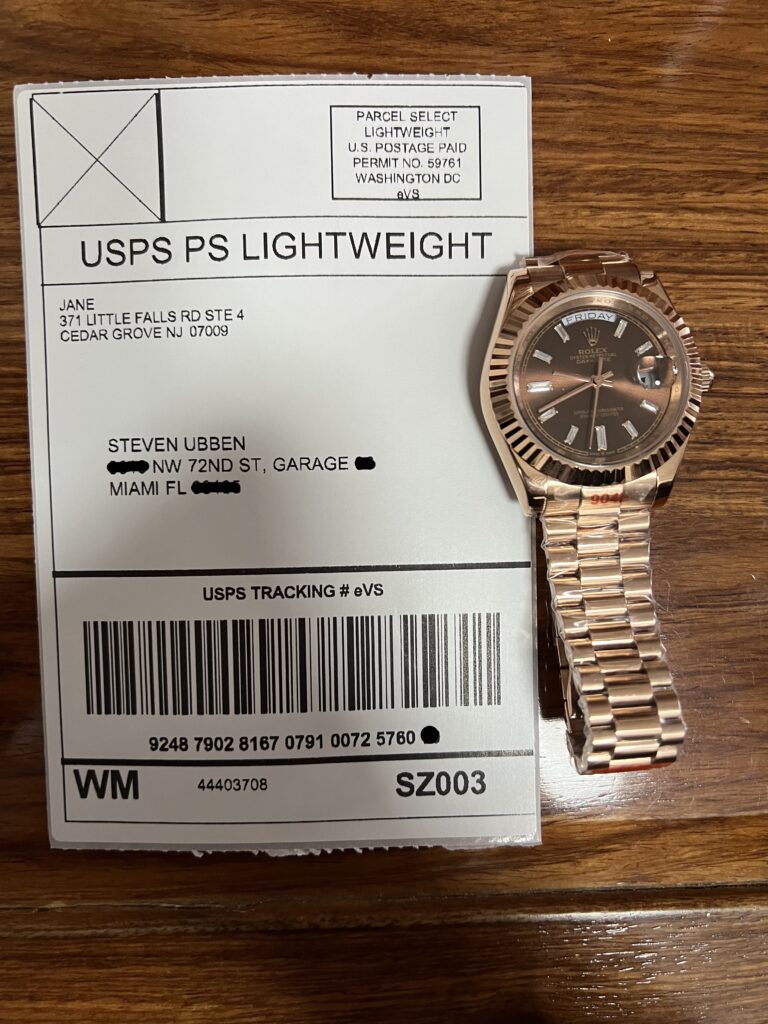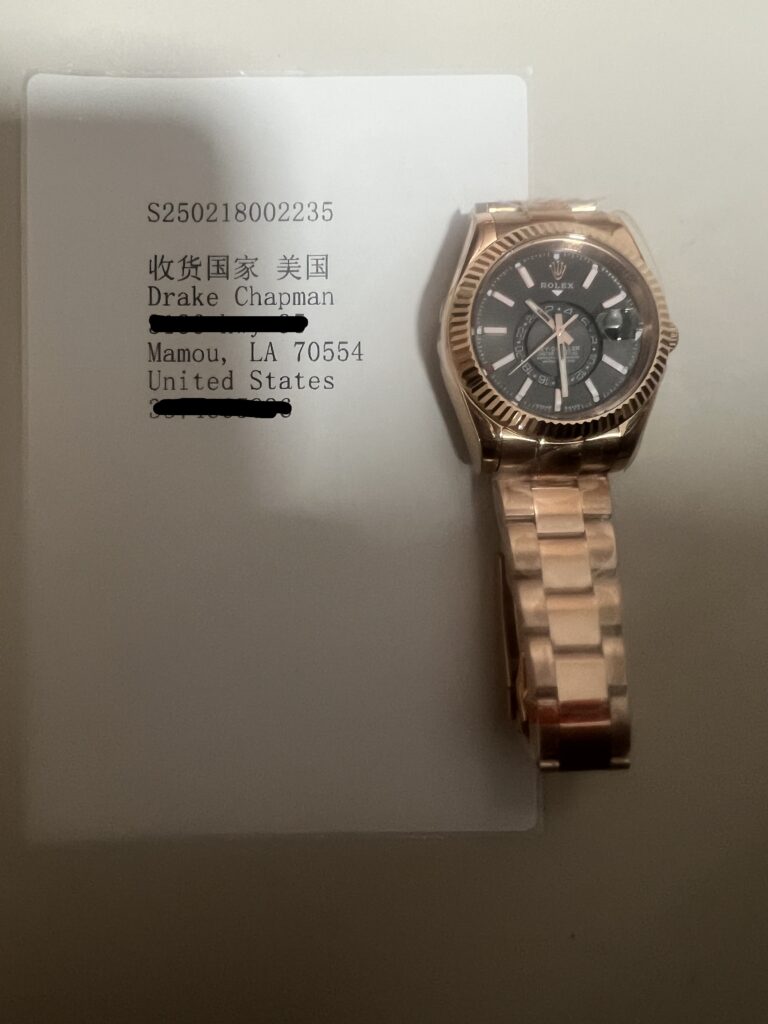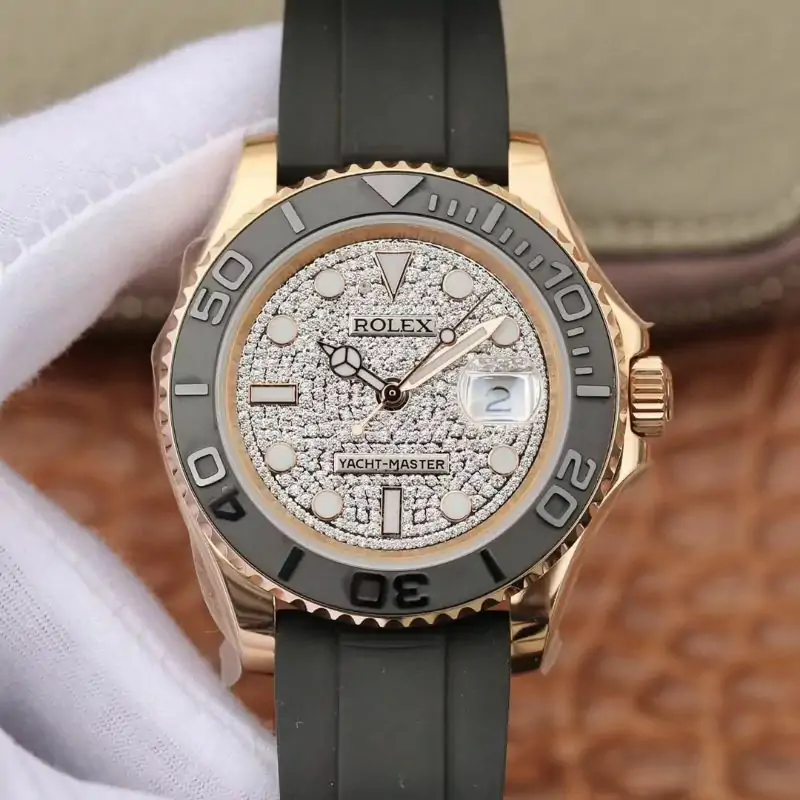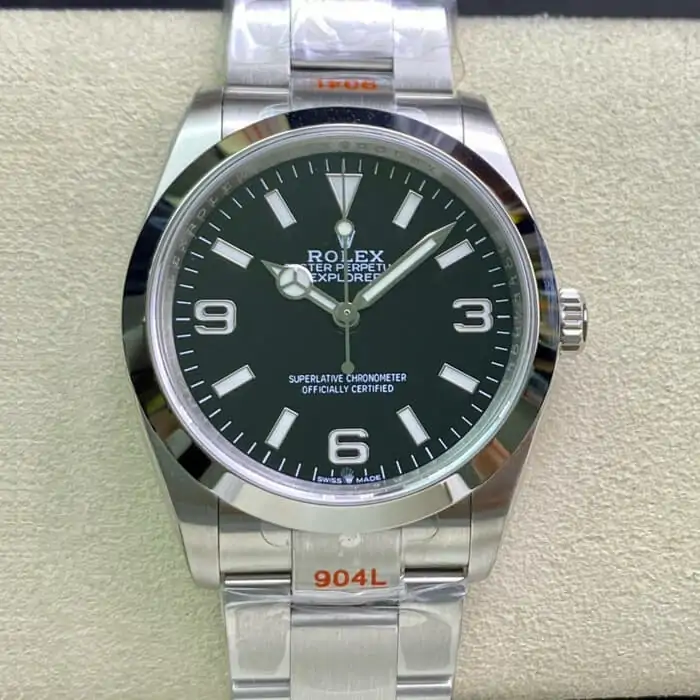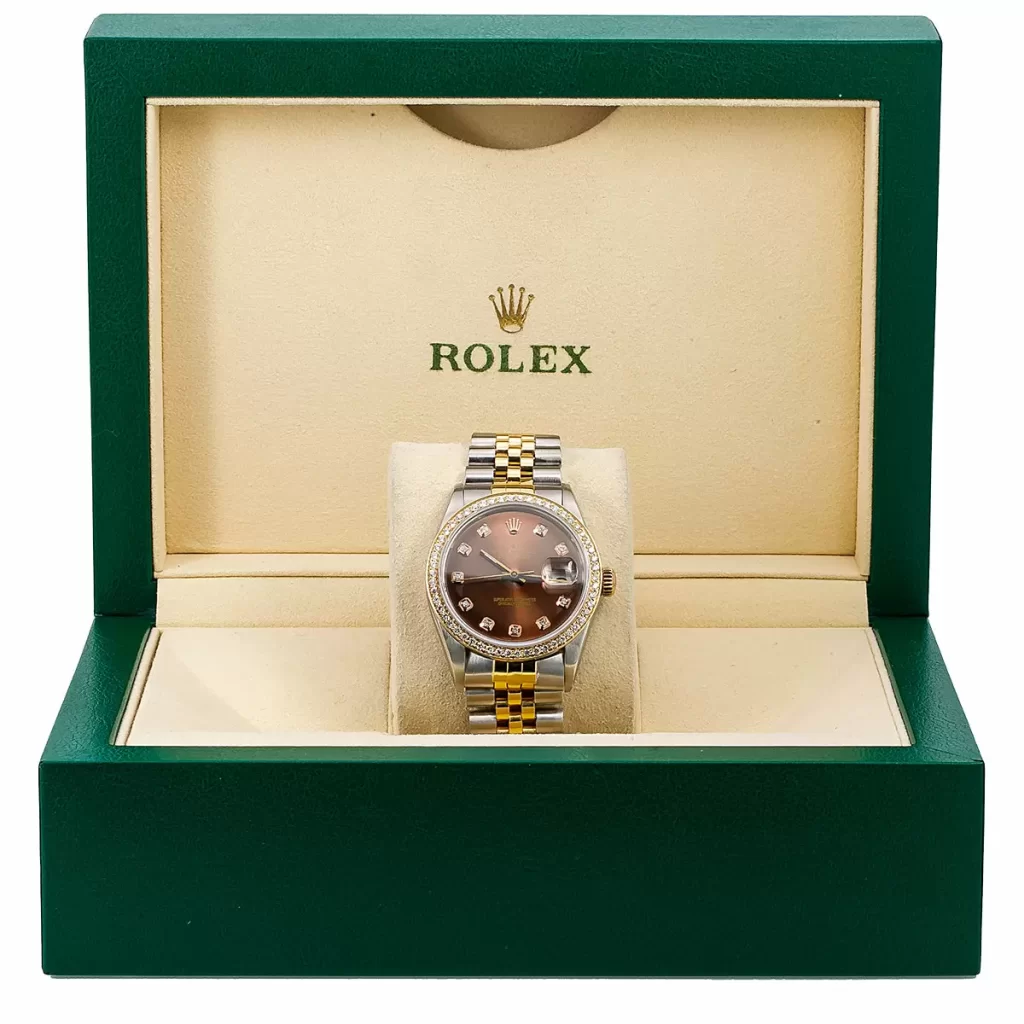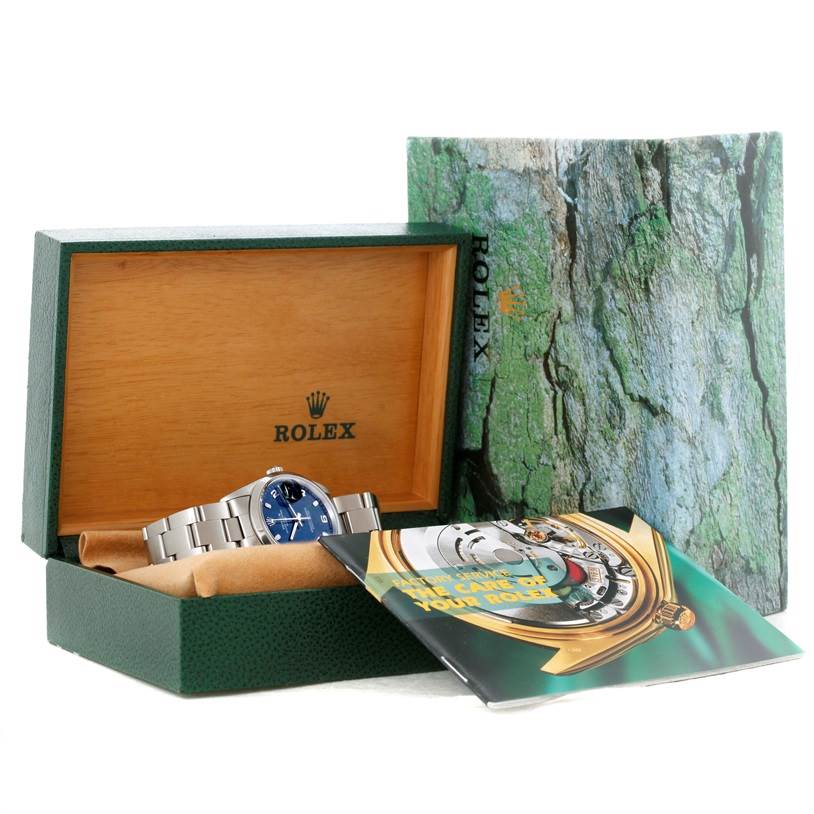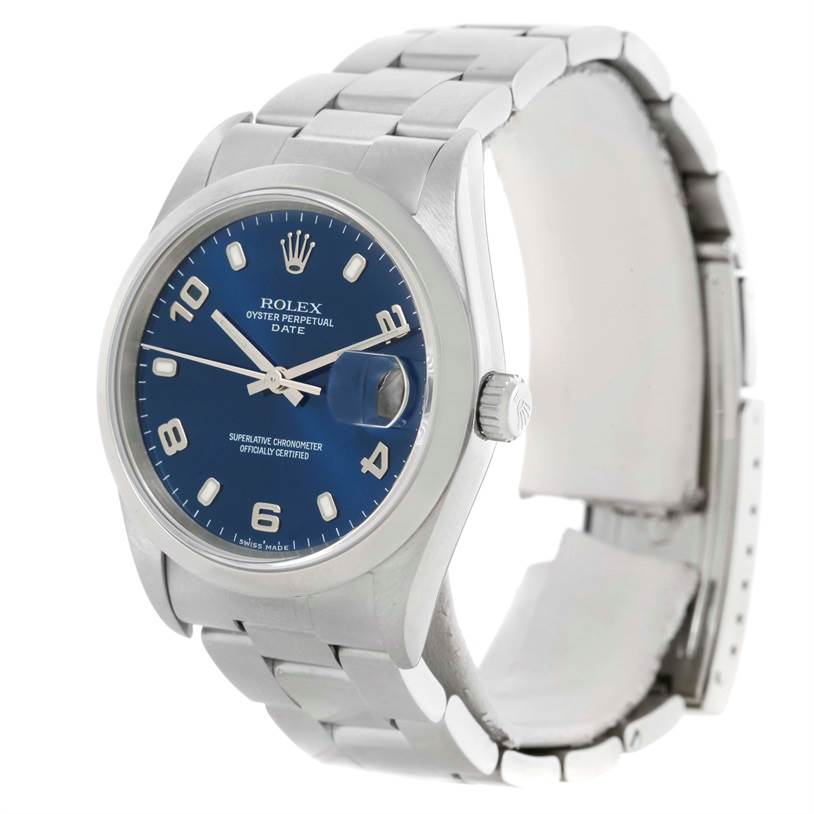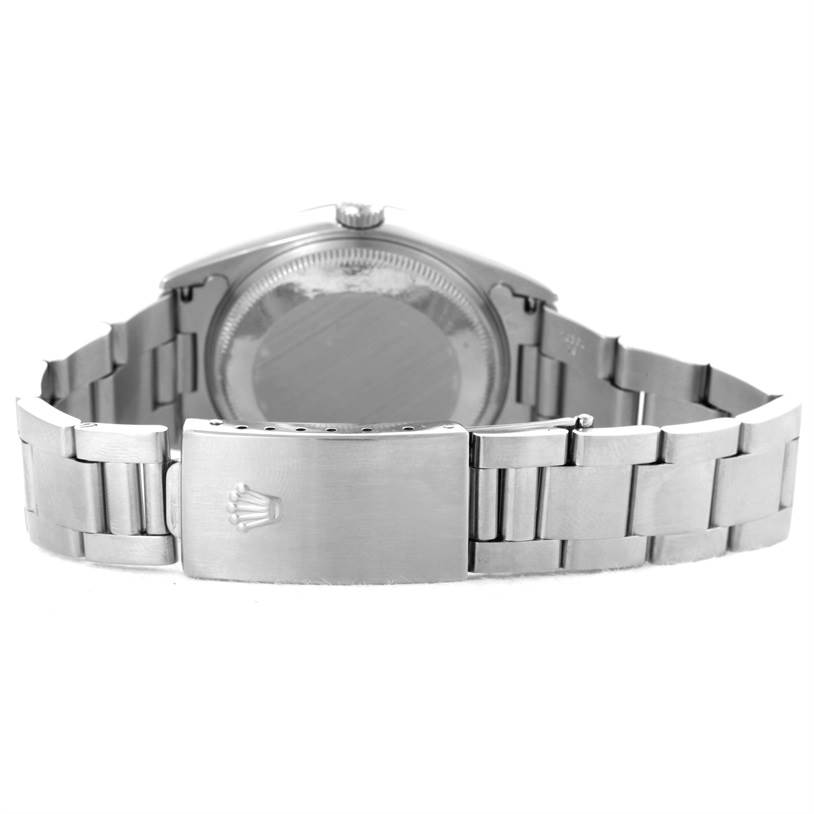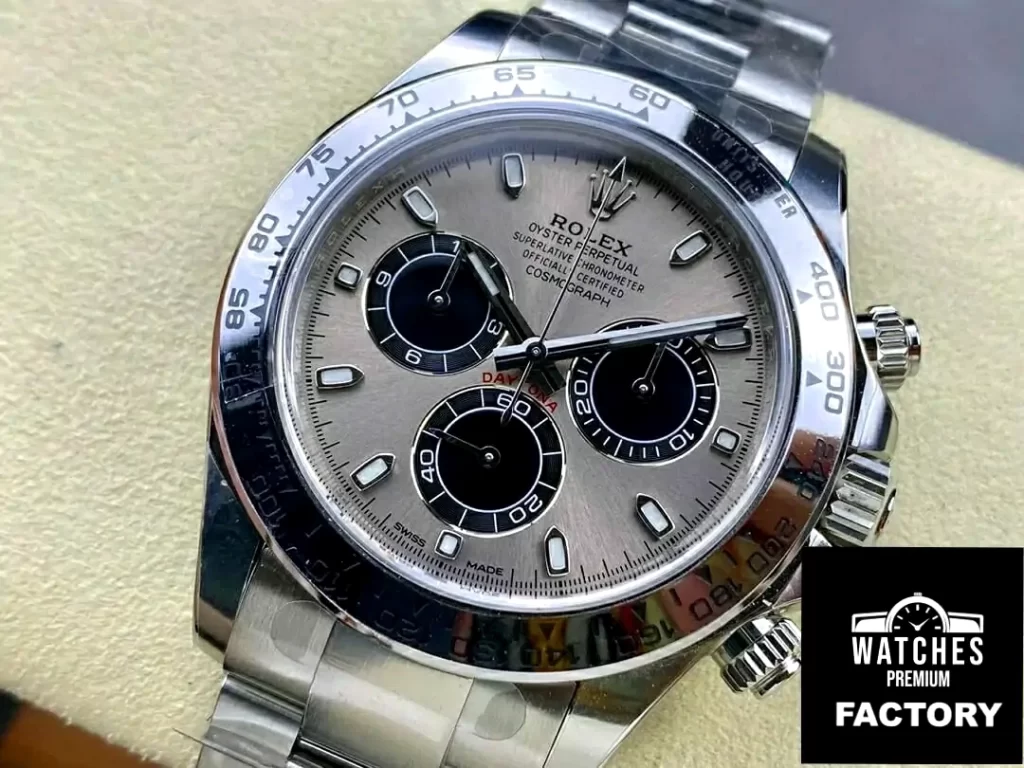For years, my encounters with the Rolex Day-Date have been steeped in nostalgia-vintage models from decades past, their charm rooted in patina and history. Yet the modern iteration, with its polished precision and subtle refinements, remained uncharted territory. Determined to bridge this gap, I recently explored two contemporary interpretations: the Rolex Day-Date 40 in white gold (ref. 228239) and rose gold (ref. 228235). Would these watches evoke the stately confidence of their predecessors, or leave me grappling with their bold modernity? The answer, as it turns, lies in their meticulous craftsmanship.
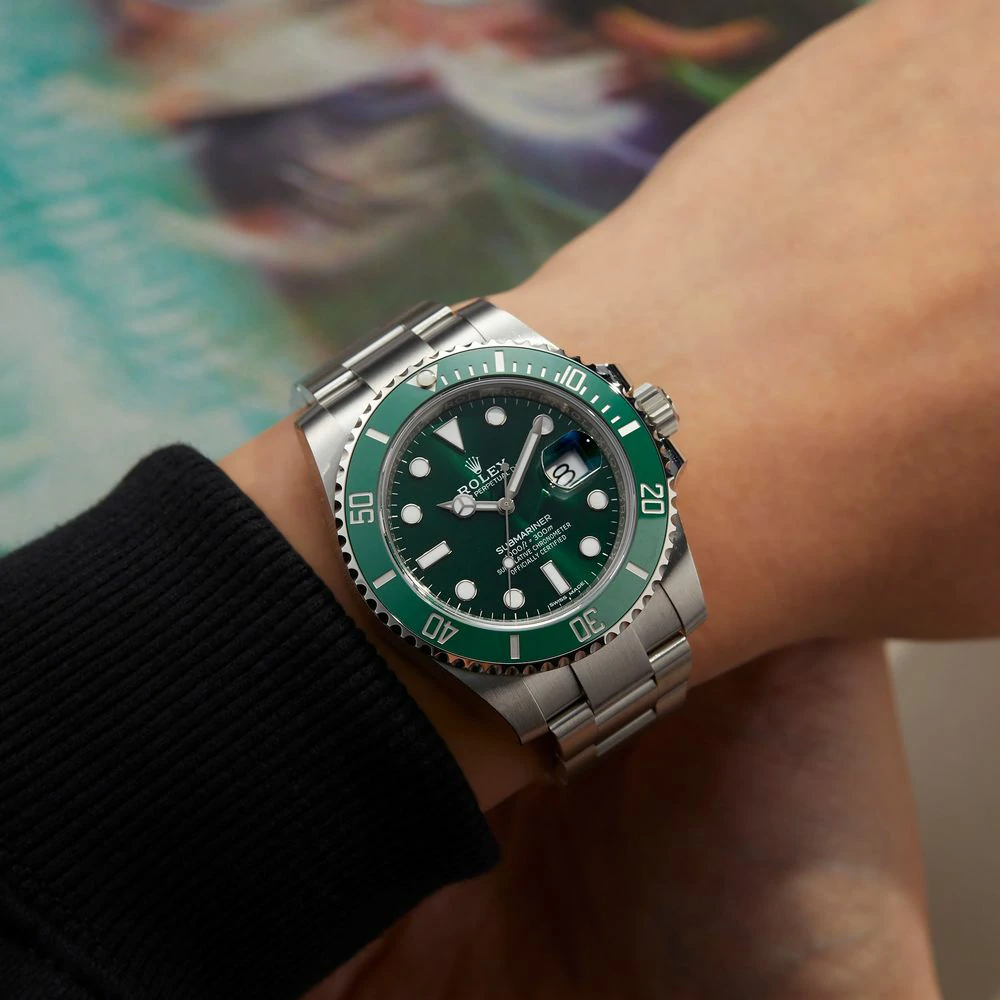
Introduced in 1956, the Day-Date emerged as Rolex’s crowning achievement, eclipsing the earlier Datejust with its dual day and date display. While the Datejust became iconic for its Jubilee bracelet, the fake Rolex Day-Date carved its legacy with the President bracelet-a design so distinct it remains exclusive to this line. The origins of the “President” moniker are debated, with anecdotes linking it to mid-20th century U.S. leaders, though Rolex itself only cautiously embraced the term in marketing. What’s undeniable is the bracelet’s enduring allure: a symphony of semi-circular links that balance rigidity and fluidity, elevating the watch to a symbol of power and sophistication.
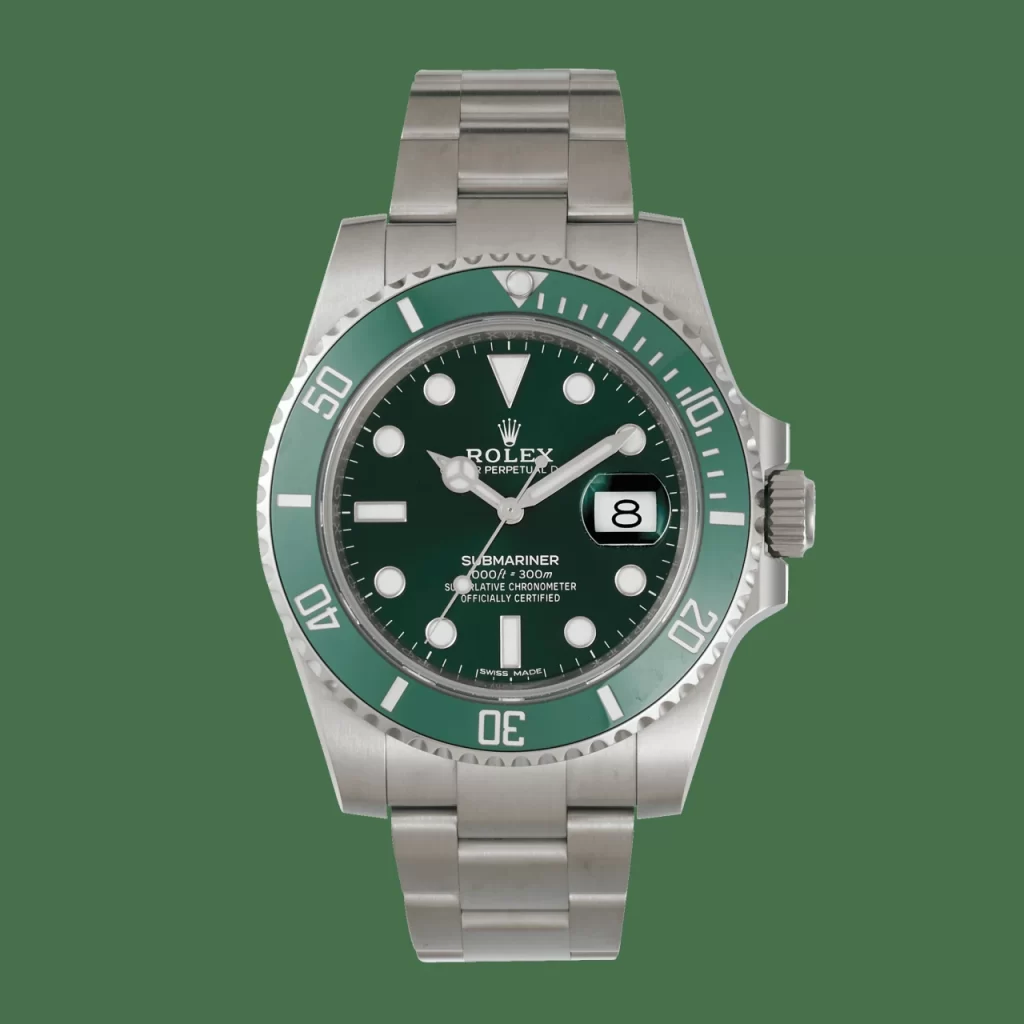
My prior experience centered on 36mm models from the 1960s to 2000s-watches that evolved from acrylic crystals and manual date adjustments to sapphire glass and quickset mechanisms. The leap to the replica Rolex 40mm Day-Date 40, however, feels revolutionary. Earlier attempts to scale up the design, like the 41mm Day-Date II, drew mixed reactions. Critics noted its bulkier case and disproportionately sparse dial, which disrupted the harmony of the original. The current 40mm iteration rectifies these flaws, refining proportions to mirror the 36mm’s elegance. Narrower lugs, a slimmer bezel, and a reimagined dial layout erase any hint of excess, presenting a silhouette that feels both grand and understated.
Handling these modern marvels, the contrast with vintage counterparts is striking. Gold, in its purest form, lends weight and gravitas. The President bracelet, now enhanced by Rolex’s proprietary alloys, glides with a mechanical precision that borders on surreal-each link articulating like components in a Swiss movement. The fluted bezel, a hallmark of Rolex opulence, dazzles with razor-sharp edges that catch light like prisms. Details such as the ref. 228239’s diamond indices and the ref. 228235’s faceted Roman numerals amplify this brilliance, their sparkle meticulously calibrated to avoid ostentation.

Yet the Day-Date 40’s true triumph lies in its wearability. On a 17cm wrist, its presence is commanding but never overwhelming-a testament to Rolex’s ergonomic mastery. Skeptics might question the need for a larger format, given the 36mm’s timeless versatility. However, the 40mm iteration caters to a contemporary aesthetic, appealing to those who seek a dress watch with modern proportions. While purists may still gravitate toward the classic size, the Day-Date 40 stands as a compelling alternative, bridging heritage and innovation without compromise.
Ultimately, these replica watches defy mere functionality. They are artifacts of ambition, embodying Rolex’s relentless pursuit of perfection. Whether adorned with diamonds or numerals, cloaked in white or rose gold, the Day-Date 40 transcends its role as a timekeeper. It is a declaration-one that whispers legacy while embracing the future.
